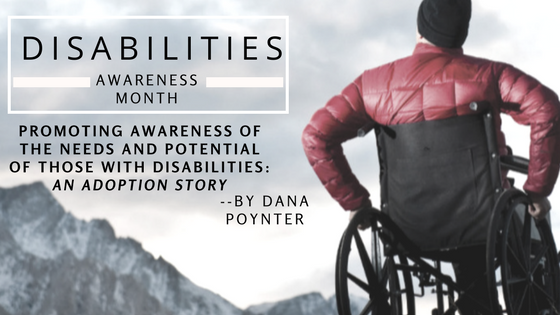Lilly, born in China, was welcomed into the loving arms of her mom and dad, Jenny and Daniel, at the age of 3 years. That was nearly a decade ago, not long after I began working with the China program! I recently reconnected with Jenny to talk about Lilly’s journey over the past […]


